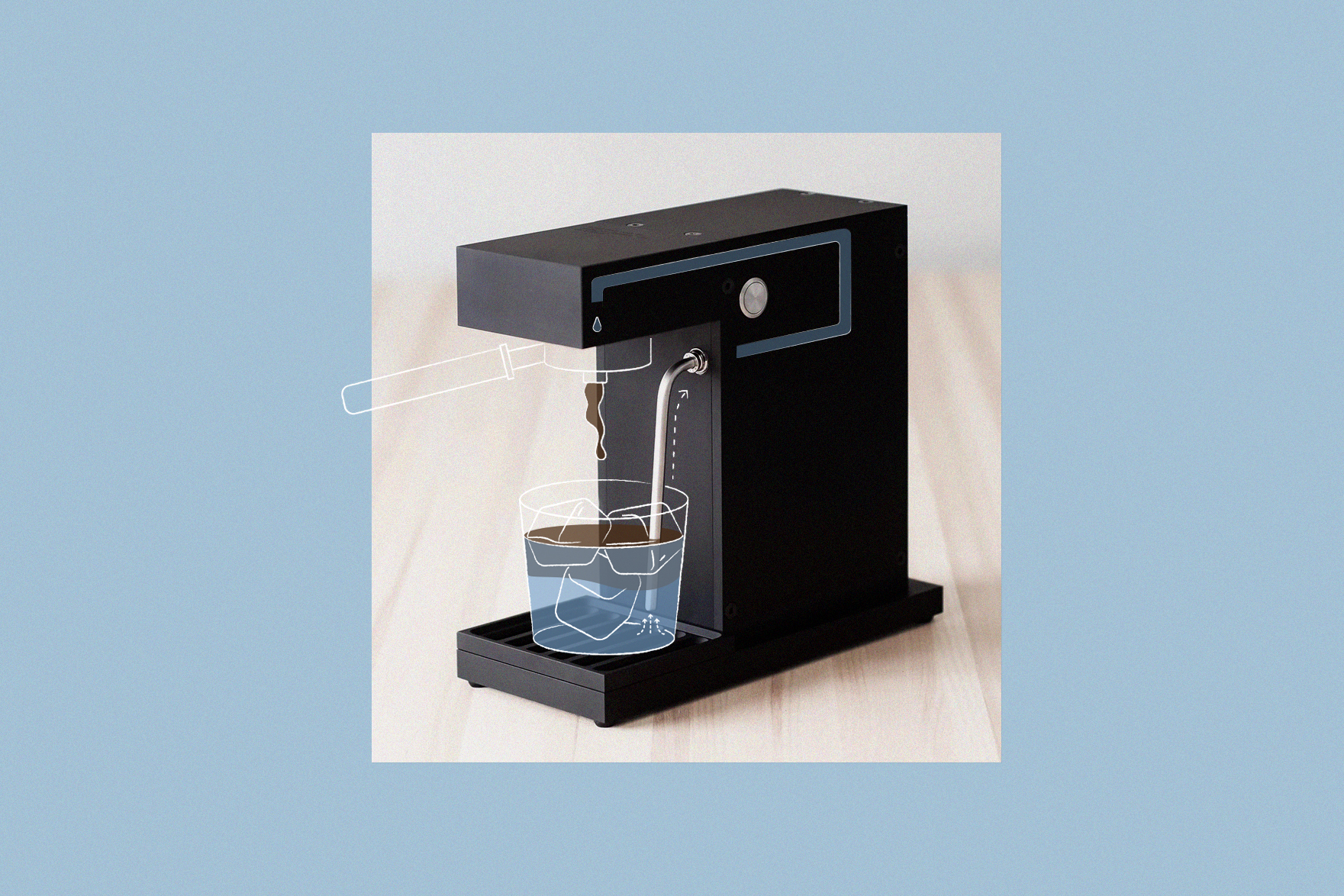Joey Roth left his job at a startup to pursue an ambitious, if highly specific, vision: espresso without heat. Specifically, he wanted to create an espresso machine that uses acoustic cavitation—a process involving liquid-generated microbubbles that expand and contract under intense acoustic waves. An industrial designer and entrepreneur in Bernal Heights, Roth set out to create a machine that would combine the range of flavors and aromas found in cold brew with the brightness of a freshly pulled shot of espresso.
And, like virtually everyone who thinks about coffee all day, he’s excited to nerd out to anyone who will listen.
“Coffee is an incredibly complex product in terms of all of the flavor and aroma molecules,” Roth told The Standard, emphasizing that coffee is more of a seed than a bean, and therefore considerably more complicated. “The extraction methods all release different ‘bands’ of that full spectrum at different strengths. So with something like a traditional espresso … it’s going to emphasize the most heat-resistant compounds and get rid of the most heat-sensitive compounds.”
If you’ve ever noticed that freshly brewed coffee smells better than it tastes, your olfactory sense has already detected one of the thermodynamic problems that compelled Roth to develop Osma.
Heat-based methods of extraction like traditional espresso machines are volatile, Roth says, extracting only the most heat-resistant compounds from coffee grounds. The aroma we associate with a fresh pot of coffee is actually the more heat-sensitive compounds becoming denatured by the hot water.
To fix this, his team spent months exploring different ways to infuse coffee without turning up the temperature. They tried vacuums, ultrasonic baths (like jewelry cleaners), and eventually settled on cavitation, a technique initially developed for the garment industry. Cavitation is used on an industrial scale to apply dyes and different types of distressants to denim—and it became the basis of Osma’s heat-free process.
Coffee has been an important part of San Francisco’s economy for well over a century. (The 1905 Folger Coffee Company Building in the Financial District and the 1926 Hills Bros. Coffee Plant on The Embarcadero stand as brick-and mortar-testaments to this fact.) From the trial-and-error that brought us Buena Vista Cafe’s Irish coffee to Andytown’s sparkling espresso concoction known as the Snowy Plover, San Franciscans have never been afraid to tinker with their caffeine levels.
So when Roth set out to create a novel espresso machine, he was stepping into a long line of heavily caffeinated entrepreneurs. From the outside, Osma looks like a close cousin of the standard espresso machine, but the underlying technology is a radical departure.
Roth likens the cavitation process to a dance party, with the bubble nuclei oscillating in sync, as if to the beat of a song.
“So basically, the water bubbles are rubbing up against the coffee grounds,” he explained. “And that shear force is actually the mechanism of extraction. That is what is kinetically moving the flavor aroma compounds off the ground coffee into the extraction, and that’s how we’re able to do it without heat.”
Currently, there are only a couple of coffee roasters in the Bay Area that use Osma—including Chromatic in San Jose and the non-retail Peet’s Coffee development facility in Emeryville. While Osma can be used to create warm drinks, it is uniquely suited to making cold drinks like espresso cocktails, because it does not require ice and is therefore less diluted.
Espresso martinis trended hard in the 1990s, and—love them or hate them—they’re in vogue again. But in San Francisco, they never really went away, as upscale bars like Balboa Cafe and famed cocktail dens like 15 Romolo can attest. Roth developed Osma with the goal of elevating people’s daily coffee ritual, but maybe he found another way to make coffee an integral part of the city’s identity.
